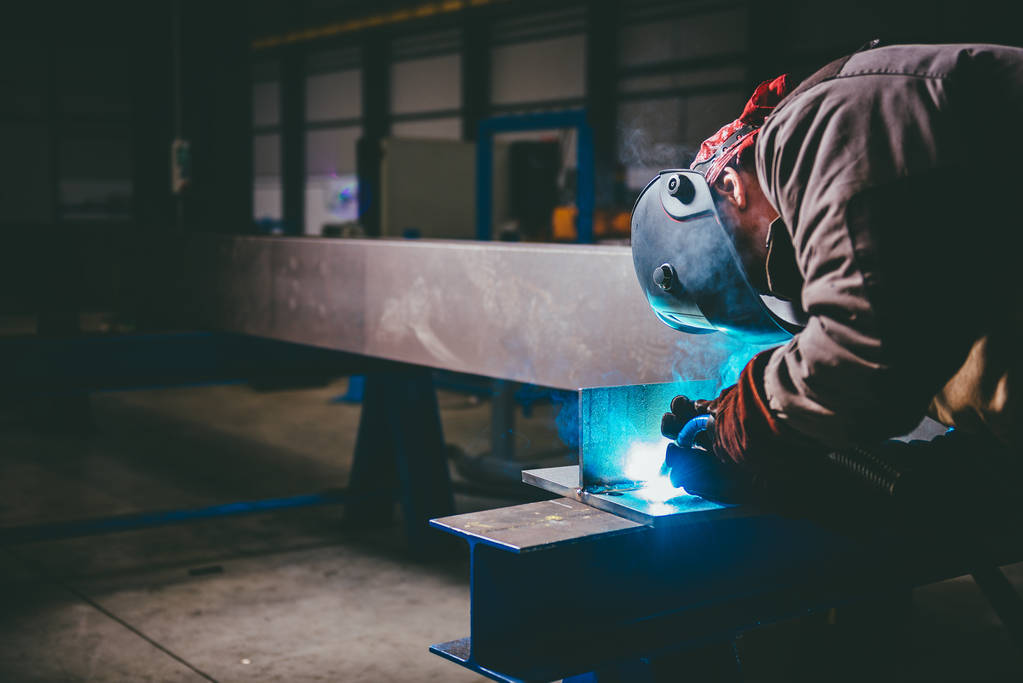Do you really understand soldering flux?
 Oct 20, 2023|
Oct 20, 2023| View:252
View:252Welding Knowledge | Do you really understand soldering flux?
Flux is a granular welding material. During welding, it can melt to form slag and gas, providing protection and metallurgical effects on the molten pool. A substance that can melt
and form slag and gas during welding, providing protection and metallurgical treatment for the molten metal.
Component
The flux consists of minerals such as marble, quartz, fluorite, and chemical substances such as titanium dioxide and cellulose. Flux is mainly used for submerged arc welding and
electroslag welding. When welding various steels and non-ferrous metals, it is necessary to use them in a reasonable combination with the corresponding welding wires in order to
obtain satisfactory welds.

Classification
There are many classification methods for welding flux, including classification based on purpose, manufacturing method, chemical composition, welding metallurgical properties, etc.,
as well as classification based on the acidity and alkalinity of the flux and the particle size of the flux. Regardless of the classification method, it only reflects the characteristics of the
flux from a certain aspect and cannot include all the characteristics of the flux. Common classification methods include:
1. Neutral flux
Neutral flux refers to a flux that does not show significant changes in the chemical composition of the deposited metal and the welding wire after welding. Neutral flux is used for
multi-pass welding and is particularly suitable for welding base materials with a thickness greater than 25mm. Neutral flux has the following characteristics:
a. The flux basically does not contain oxides such as SiO2, MnO, FeO, etc.
b. The flux has little oxidation effect on the weld metal.
c. When welding heavily oxidized base materials, gas pores and weld bead cracks may occur.
2. Active flux
Active flux refers to a flux with a small amount of Mn and Si deoxidizers added. It can improve the ability to resist pores and cracks. Active flux has the following characteristics:
a. Due to the presence of deoxidizers, Mn and Si in the deposited metal will vary with changes in arc voltage. Due to the increase of Mn and Si, the strength of the deposited metal will
be improved and the impact toughness will be reduced. Therefore, during multi pass welding, the arc voltage should be strictly controlled.
b. Active flux has strong resistance to porosity.
3. Alloy flux
Alloy flux contains a large amount of alloy components, which are used to transition alloy elements. Most alloy fluxes are sintered. Alloy flux is mainly used for welding low alloy steel and
wear-resistant surfacing.
4. Melted flux
Melting flux is a process of mixing various mineral raw materials in a given proportion, heating them to above 1300 degrees Celsius, melting and stirring them evenly before being discharged
from the furnace, and then rapidly cooling them in water to achieve granulation. Then it is dried, crushed, sieved, and packaged for use. The domestic melting flux grade is represented by "HJ",
followed by the first digit representing the content of MnO, the second digit representing the content of SiO2 and CaF2, and the third digit representing different grades of the same type of flux.
5. Sintered flux
According to the given proportion of ingredients, dry mixing is carried out, followed by the addition of binder (water glass) for wet mixing, followed by granulation, and then sent to a drying furnace
for solidification and drying. Finally, it is sintered at around 500 degrees Celsius. The grade of domestic sintered flux is represented by "SJ", followed by the first digit representing the slag series,
and the second and third digits representing different grades of the same slag series flux.






